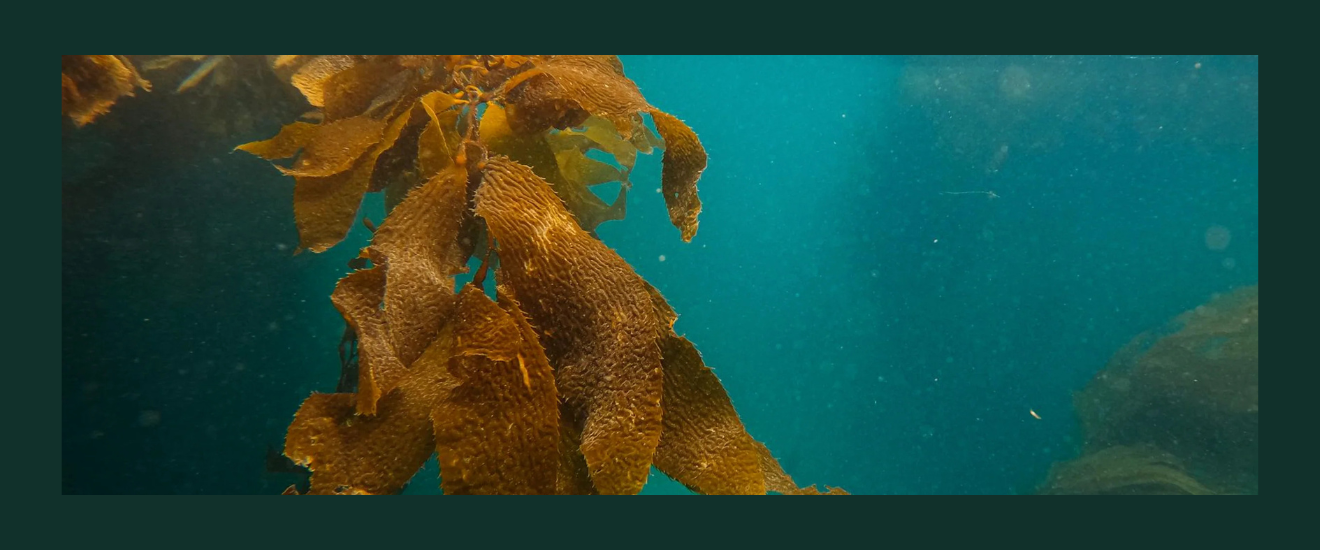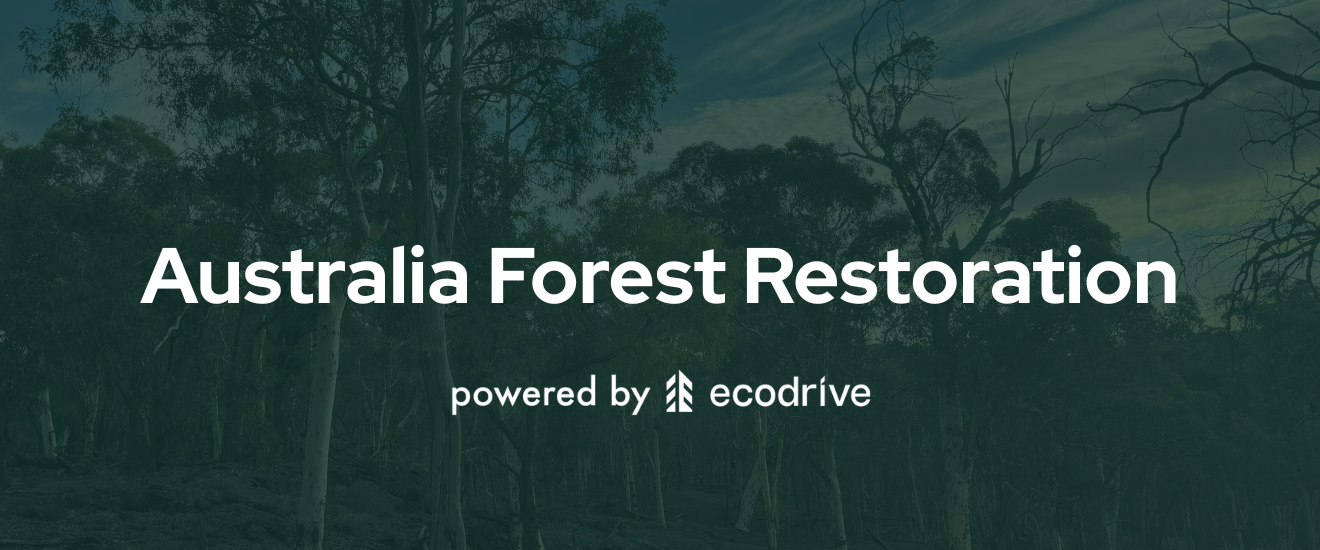How Warming Oceans Are Destroying Canada’s Coastal Ecosystems
North America is feeling the effects of climate change. We dive into what that means for those that rely on healthy coastlines in Canada
Canada is known for its vast boreal forests and frozen landscapes, but some of the country’s most vulnerable ecosystems lie along its coasts.
Warming ocean temperatures are threatening the health of marine life, collapsing kelp forests, increasing acidification, and disrupting the ecological balance of entire regions — particularly in British Columbia and the North Atlantic.
This blog explores the science behind ocean warming, how it’s impacting Canada’s coastal environments, and what’s being done to restore and protect these vital ecosystems.
What’s Causing Ocean Warming in Canadian Waters?
Global ocean temperatures have risen consistently for decades, with 2023 marking the hottest ocean temperatures ever recorded. Canada’s Pacific and Atlantic waters are no exception.
According to Fisheries and Oceans Canada (DFO), sea surface temperatures in some parts of British Columbia have risen more than 1.5°C above historical averages over the past two decades.
These increases are caused by a mix of climate change, altered wind and current patterns, and atmospheric pressure systems. Marine heatwaves — sustained periods of unusually high sea temperatures — are becoming more frequent and intense. Events like the 2013–2016 "Blob" in the northeast Pacific raised temperatures up to 3°C above normal, killing off marine life and disrupting fisheries for years.
Collapse of Kelp Forests and the Ecological Fallout
Kelp forests are some of the most biologically productive and carbon-rich ecosystems on Earth. In British Columbia, they form the backbone of coastal marine food webs — offering shelter and food for fish, sea otters, crabs, and dozens of invertebrate species. They also act as natural carbon sinks, absorbing CO₂ and improving water quality.
But warming oceans have taken a serious toll.
Rising temperatures weaken kelp growth rates and disrupt reproductive cycles. Combined with booming populations of purple sea urchins (which feed on kelp and thrive in warmer conditions), vast underwater forests have been decimated.
In some areas along Vancouver Island, kelp canopy cover has dropped by more than 80%. This collapse impacts not just biodiversity, but also local economies dependent on healthy fisheries and ecotourism.
Restoration efforts — such as reseeding kelp, culling urchins, and improving water quality — are currently underway. Organizations like Veritree, supported by brands through platforms like Ecodrive, are helping replant native kelp forests and monitor ecological recovery through verified, traceable marine restoration projects.
Ocean Acidification: The Invisible Threat
Beyond temperature, rising CO₂ levels are also acidifying Canadian coastal waters.
When the ocean absorbs CO₂, it forms carbonic acid, lowering the pH of seawater and making it harder for marine organisms to form shells and skeletons. This is particularly harmful to shellfish like oysters, mussels, clams, and plankton — key building blocks of the marine food chain.
The west coast of Canada is especially vulnerable due to natural upwelling processes that already bring acidic water to the surface. Studies from the Hakai Institute and DFO have found that juvenile shellfish in B.C. hatcheries now face increased mortality due to acidic conditions, threatening both biodiversity and aquaculture industries.
Efforts to restore kelp and eelgrass habitats — which absorb CO₂ and buffer acidification — are proving to be one of the most promising nature-based solutions. Verified kelp restoration projects, like those supported by Ecodrive and Veritree, are not just about biodiversity; they’re part of the fight against climate-induced acidification.
Disrupted Food Webs and Fishery Collapses
Warming waters and acidification are causing fish populations to migrate or decline. Species like Pacific salmon, herring, and cod are changing their distribution or seeing lower survival rates. This disrupts the diets of marine mammals, seabirds, and local fishing communities that depend on them.
According to the Canadian Climate Institute, many marine species along Canada’s coasts have already shifted their ranges northward by 50–150 km over the past few decades. This has serious implications for Indigenous fishing rights, local economies, and ecological balance.
In Atlantic Canada, lobster populations have remained strong but are under increasing stress from warming bottom temperatures and disease. Further north, Arctic cod — a key species for marine mammals — are facing habitat loss due to reduced sea ice and warming waters.
Maintaining biodiversity and restoring foundational ecosystems like kelp forests and seagrass meadows is one of the best ways to build resilience into coastal food webs. This is where verified ecosystem restoration, supported by forward-thinking businesses, plays a crucial role.
What Businesses and Consumers Can Do
Warming oceans may feel like a global problem, but local action matters.
Businesses that support marine restoration projects can help rebuild ecosystems and offset their environmental footprint in meaningful, traceable ways.
For example:
- Partnering with Ecodrive allows brands to link customer purchases to kelp restoration projects verified by Veritree
- Supporting beach and ocean cleanup operations through groups like 4ocean, which directly remove plastic waste that compounds climate stress in marine ecosystems
- Funding community science or Indigenous-led marine stewardship initiatives that integrate traditional knowledge with restoration work
Consumers are increasingly drawn to brands that don’t just sell sustainable products, but actively invest in environmental repair. Highlighting verified marine impact — especially through transparent data and visual storytelling — builds trust, loyalty, and long-term brand value.
Final Thoughts
The warming of Canada’s oceans is a complex, far-reaching problem. It affects biodiversity, food systems, economic stability, and climate feedback loops.
But it’s also a place where meaningful solutions are possible. Nature-based restoration efforts — especially those focused on kelp, seagrass, and shellfish habitats — offer hope.
For businesses and individuals alike, supporting these efforts is a chance to be part of the solution. Not just by reducing harm, but by actively rebuilding what’s been lost.












